OUR SUPPLIERS
Boroli
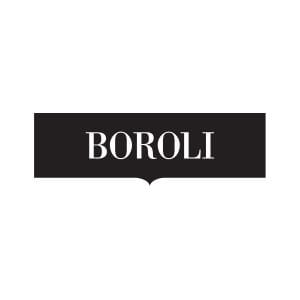
THE FAMILY
The Boroli Family: From 1534 to Today
The preservation of the Boroli family’s historical records is largely attributed to the efforts of Don Carlo Pollina (1744–1799), who safeguarded the legacy of young Carlo Antonio Boroli, the great-great-grandfather of Silvano.
The Vignolo family’s presence in Castiglione Falletto dates back to the 1500s, beginning with Bartolomeo Vignolo and his sons, Cristoforo and Giovanni. As landowners, they played a significant role in the development of viticulture in the Langhe region, particularly in the renowned Barolo and Brunella areas.
A Legacy Across Multiple Fields
Among the significant historical documents preserved is the family’s heraldic emblem, featuring a crescent moon, a scimitar, and a rampant lion—symbols of valor earned during the Crusades—while the sun represents the family’s prosperity and abundance.
In 1968, Silvano Boroli married Elena Verri, and together they had four children—Carlo, Guido, Achille, and Filippo—who have pursued careers in various fields. Their legacy continues with seven grandchildren.
After a successful career in the graphic publishing industry until the 1990s, Silvano chose to follow his true passion, dedicating himself to the vineyards of the Langhe.
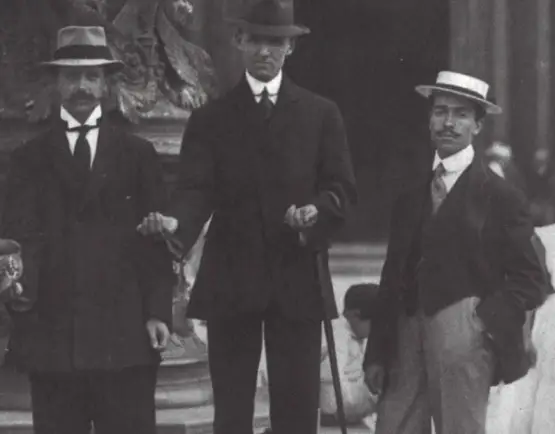
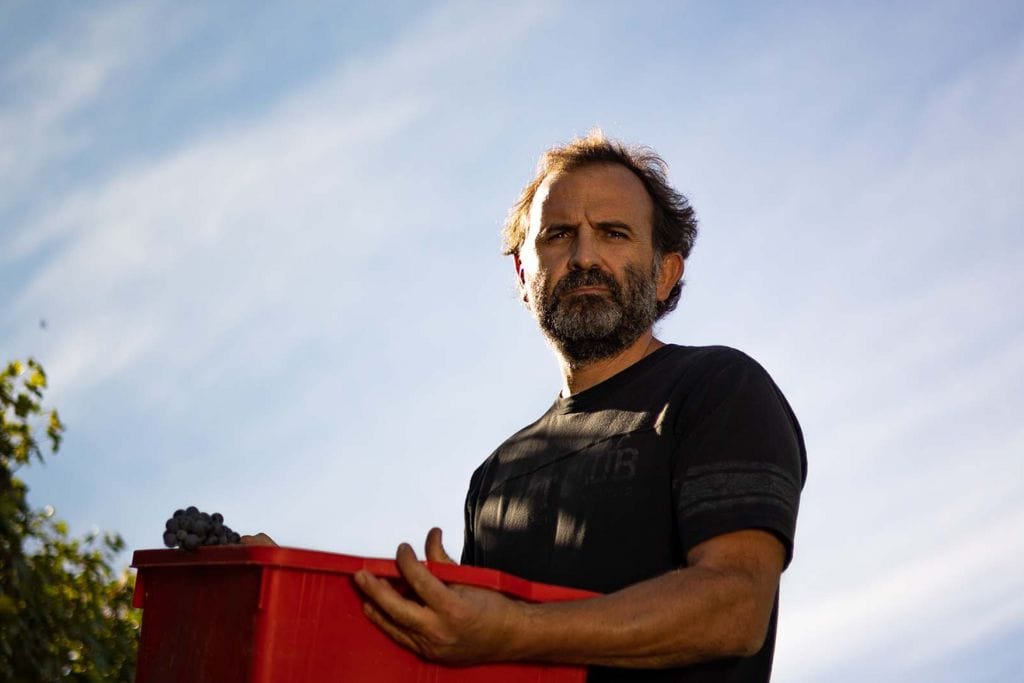
ACHILLE BAROLI & Locanda del Pilone
After earning a degree in business economics, Achille Boroli decided to lead the winery and expand into the food industry.
The family’s restaurant, Locanda del Pilone, achieved Michelin Star recognition, inspiring Achille to transform their winemaking practices beginning with the 2012 harvest. His approach focused on enhancing the quality of Barolo and its distinguished crus, from vineyard management to cellar techniques.
For Achille, culture and wine share a profound connection rooted in the pursuit of total, uncompromising quality—a commitment that remains unwavering.
PHILOSOPHY
The Vineyard: The Foundation of Superior Wines
From terroir to bottle, the sole focus is on achieving the highest quality in crafting exceptional Barolos.
The vineyards are planted at a density of 4,500–4,800 vines per hectare, with a commitment to sustainable practices. Organic fertilization is applied every three years, alternating rows every two, while cover crops between the vines are carefully managed based on the climate—whether warm, cold, rainy, or dry—to encourage natural competition.
This controlled ground cover prompts the vines to develop deeper roots, enhancing nutrient absorption. Pruning is precise, limiting the number of buds per plant, and the use of chemicals is kept to a minimum.
The primary goal is to cultivate high-quality grapes, achieved through a rigorous green harvest, which concentrates excellence in a select number of clusters.
Precision in Canopy & Yield Management
Nebbiolo vines for Barolo are trained to develop a generous leaf canopy, providing natural protection against extreme weather conditions. Additionally, cluster thinning is performed twice—once during veraison and again in July, two months before harvest—to ensure uniform ripening.
The result is a strictly limited yield, with production averaging:
- 40–45 quintals per hectare for the Crus
- 55 quintals per hectare for the classic Barolo
These figures remain well below the maximum allowable yield of 80 quintals per hectare as outlined in the Barolo production regulations, underscoring a commitment to uncompromising quality.
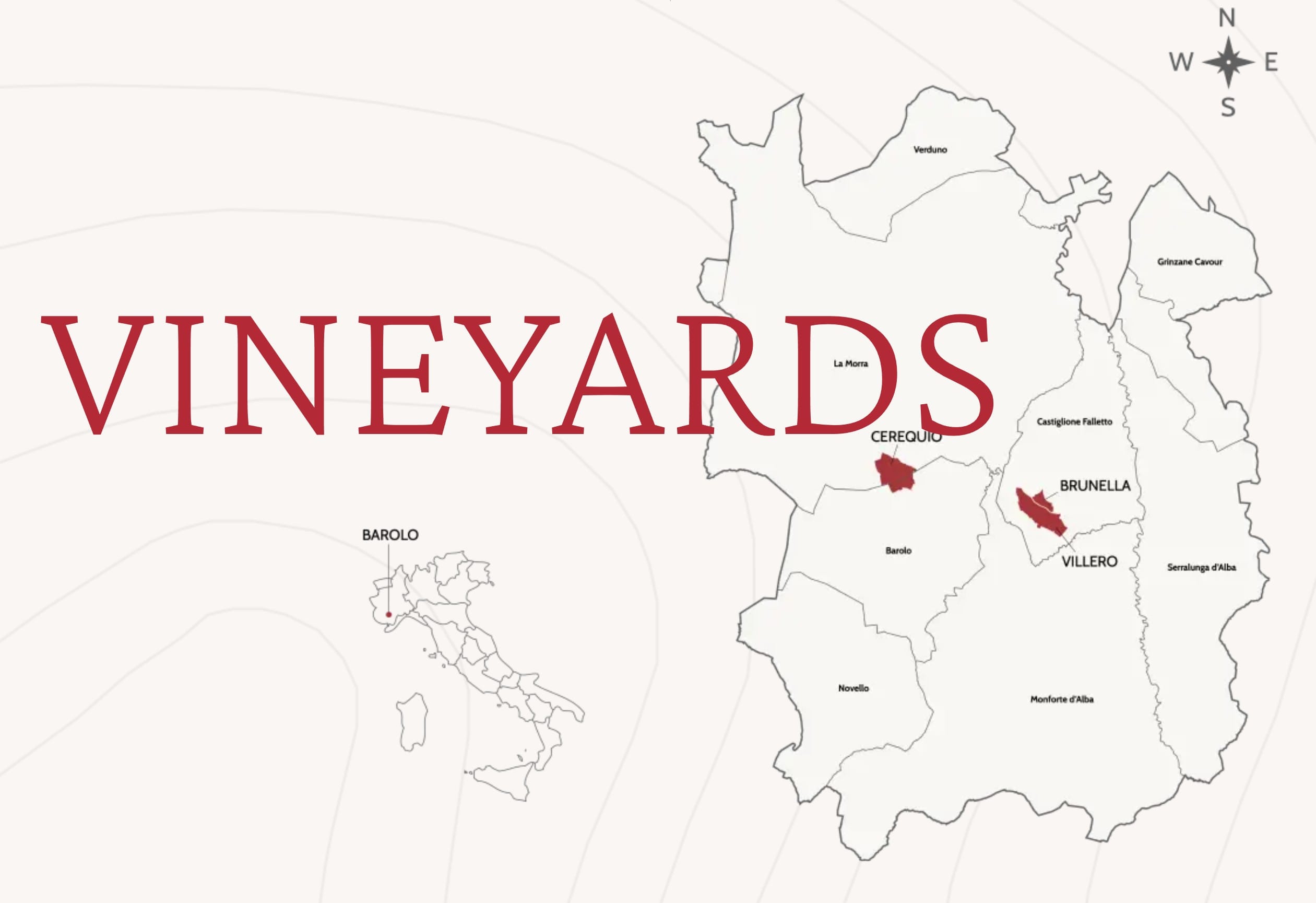
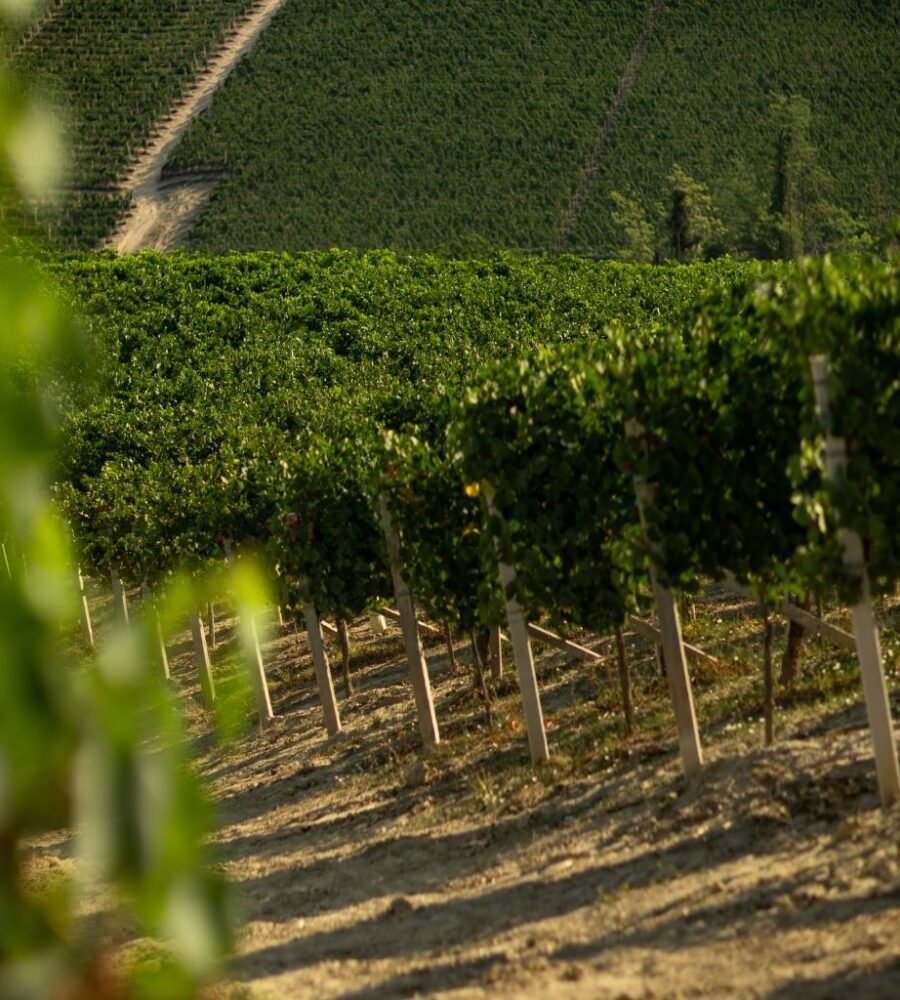
BRUNELLA
Geological Formation
The fossil sandy marls of Sant’Agata were formed through a long sedimentation process, evidenced by the significant presence of silt and clay particles. These lightweight materials required calm waters to settle over time.
The “sandy” variation of these marls is predominantly found in the central-southern part of the appellation, often acting as a transition zone between the fossil-rich Sant’Agata marls and the Diano sandstones, particularly along the ridge connecting Castiglione Falletto to Monforte d’Alba. This geological composition features alternating layers of sand and marl.
The Brunella cru vineyards are an exclusive monopoly of Boroli.
Exposure & Vineyard Characteristics
The vineyard benefits from a full range of exposures, with plots facing south, east, and west. The soil consists of calcareous clay, with a marl depth of 0.5 meters.
- Rootstock: Kober/S04
- Vine Density: 4,000–4,500 vines per hectare
- Vine Age: 6 to 40 years
CEREQUIO
Geological Formation
The Cerequio vineyard, located in the Riviera delle Langhe, benefits from a favorable microclimate and sandy-clayey soil, making it an exceptional site for Barolo production.
Barolo Cerequio is distinguished by its remarkable consistency and aging potential, thanks to its lively acidity and vibrant structure. Sustainable agricultural practices, such as crop rotation and natural fertilization, are implemented to ensure the highest quality grapes.
The vineyard’s soil contains Sant’Agata marls, characterized by alternating layers of silt and clay, interspersed with thin sedimentary layers that easily break down into laminates, contributing to the wine’s complexity.
Exposure & Vineyard Characteristics
The Barolo Cerequio vineyard is situated in the municipality of Barolo, with an East-Southeast exposure, ensuring optimal sunlight throughout the day.
- Soil Composition: Clay-limestone with veins of sand and Sant’Agata marl
- Soil Depth: 1–1.5 meters to the underlying rock
- Planting Density: 4,300 vines per hectare
- Rootstock: Kober/SO4
- Vine Age: Approximately 30 years
This unique combination of climate, soil, and meticulous vineyard management results in a Barolo of exceptional character, structure, and longevity.


VILLERO
Geological Formation
Barolo Villero originates from a complex geological formation in Castiglione Falletto, a region where multiple soil types converge. The terrain is composed of Sant’Agata marl, sand, loam, clay, and limestone, creating a unique foundation for Nebbiolo cultivation.
The soil features alternating layers of silt interspersed with plant residues, shells, and fossils, contributing to the wine’s robust structure, well-integrated tannins, and remarkable mineral and aromatic complexity. This distinctive composition makes Villero an exceptional terroir for producing Barolo of great depth and elegance.
Exposure & Vineyard Characteristics
The Barolo Villero vineyards face Southwest, ensuring optimal sunlight exposure for balanced ripening and phenolic development.
- Soil Composition: Limestone-clay with marls at a depth of one meter
- Rootstock: Kober, selected to enhance vine growth and adaptation
- Vine Age: Approximately 35 years
- Planting Density: 4,500 vines per hectare
This combination of ideal exposure, nutrient-rich soils, and meticulous vineyard management results in a structured, complex, and age-worthy Barolo.
Boroli
VIDEOS
Handpicked Wines
Where Every Sip is a Stroll Through Each Vineyard.
Sign up for our NEWLETTERS
Keep updated with the latest and greatest from our wonderful world of wine.
